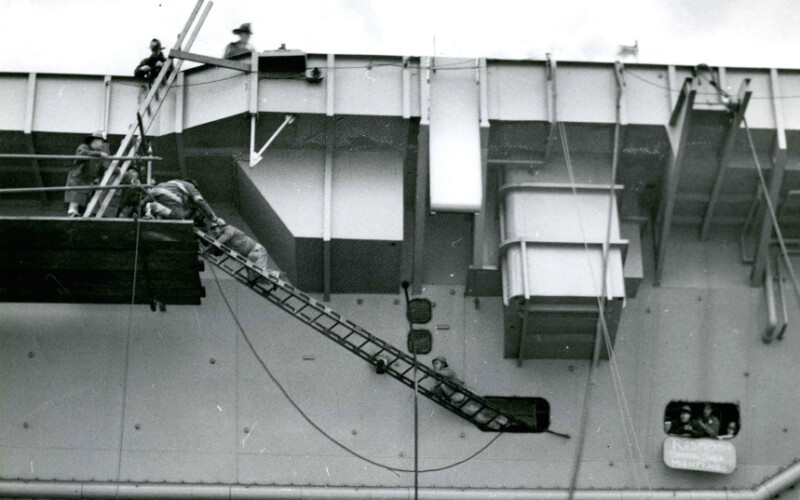We have experience hosting a range of audiences, from college classes to birthday parties to company outings, and we customize our tours to meet your group’s interests and needs.
Book a private tour today
After a two-year hiatus, Fleet Week New York is back! So to mark the day that units arrive in New York for the celebration, we will be looking at some of the …
Read more
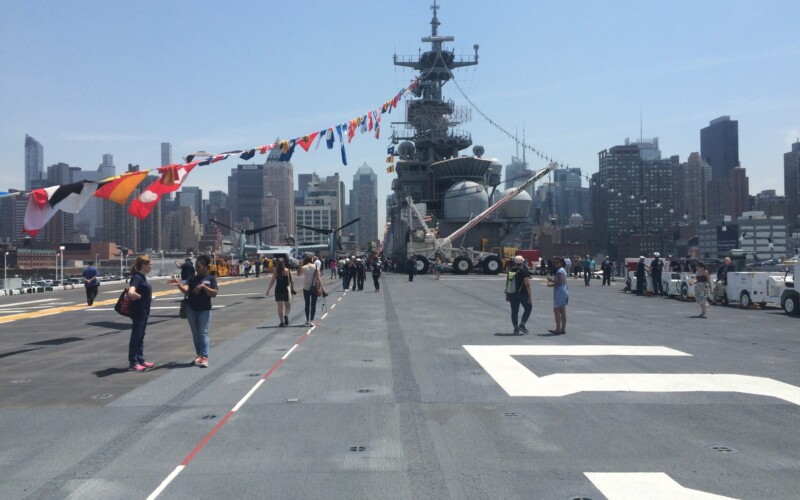
Following the Bolshevik Revolution and Russia signing a separate peace with Germany, the Allied nations launched a military intervention to try to topple the new Soviet government. A small force …
Read more
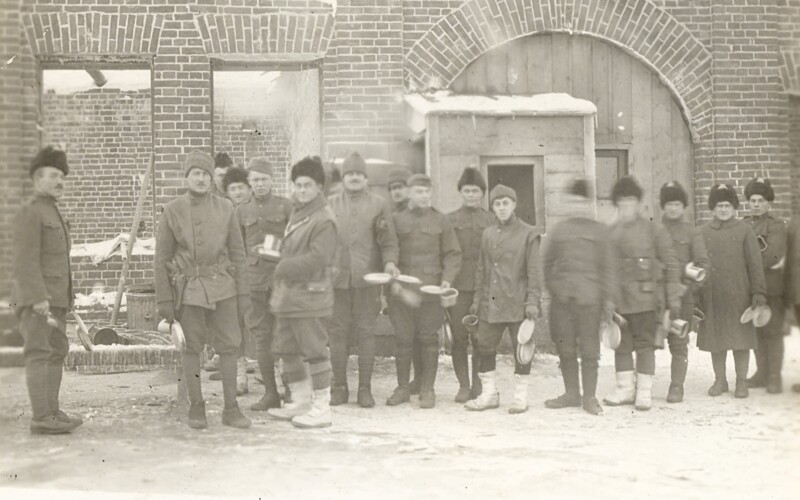
Concrete is the world’s most ubiquitous building material, and many important milestones of its development took place in Brooklyn. In this virtual program, we will examine concrete’s history, production, and …
Read more
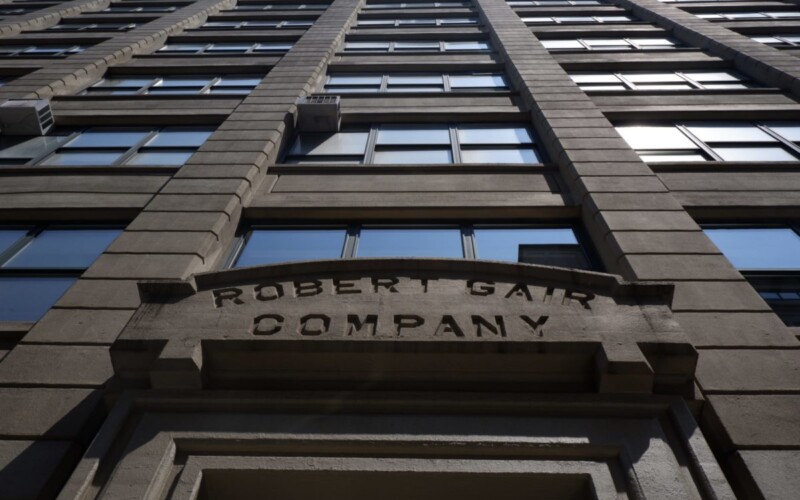
Celebrate Navy Day with a discussion of one of the least-known units of World War II, the Navy Armed Guard. Serving in the U-boat-infested waters of the Atlantic, these sailors …
Read more
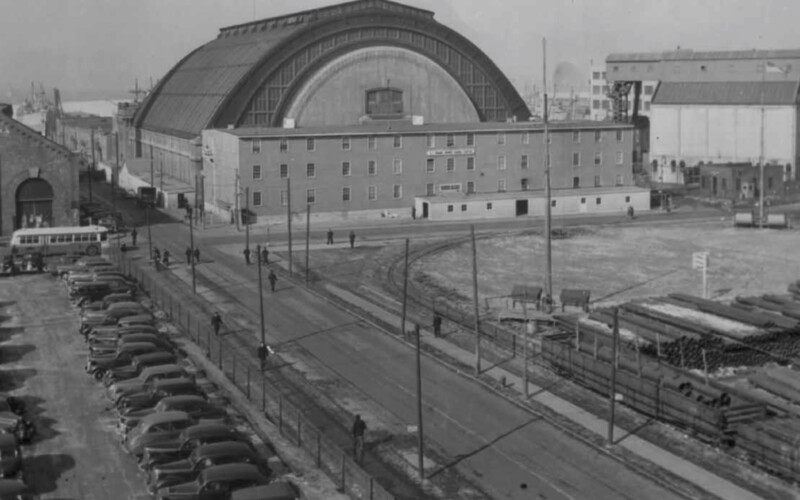
Concrete may seem like an odd material for shipbuilding, but during World War I, severe shortages of steel led to this innovation. Devised by Norwegian immigrants the Fougner brothers, they …
Read more
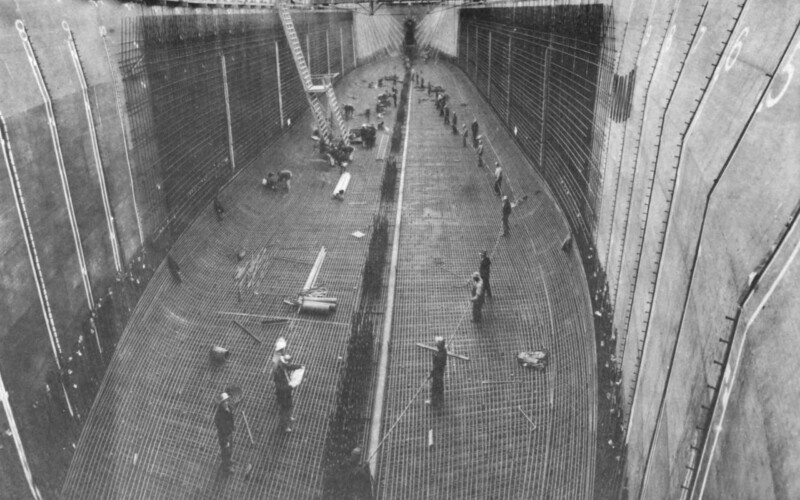
As we approach New York City’s primary elections on June 22, housing, as always, is a key issue on the ballot. So we are looking back at the history of …
Read more
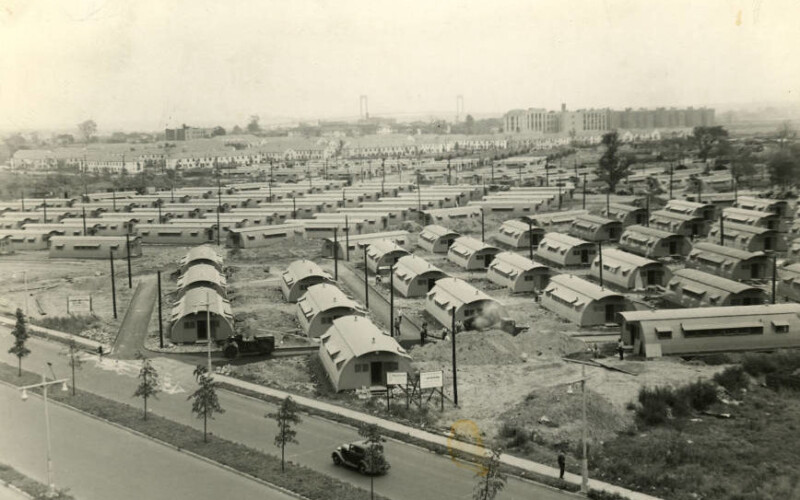
Completed in 1919, the Brooklyn Army Terminal is a marvel of architecture and engineering. On this virtual tour, we will examine its design and construction during World War I, its …
Read more
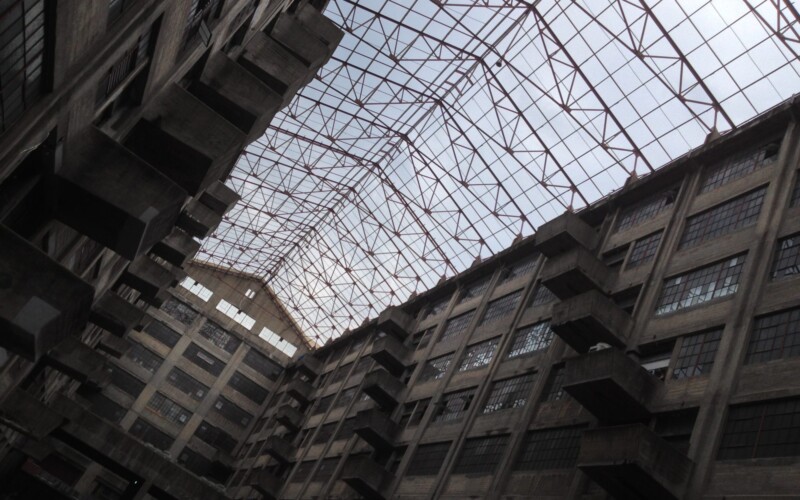
Maps hold the power to organize and explain the world beyond what we can observe with our own eyes, making them extremely powerful political tools. Maps that express a geopolitical …
Read more
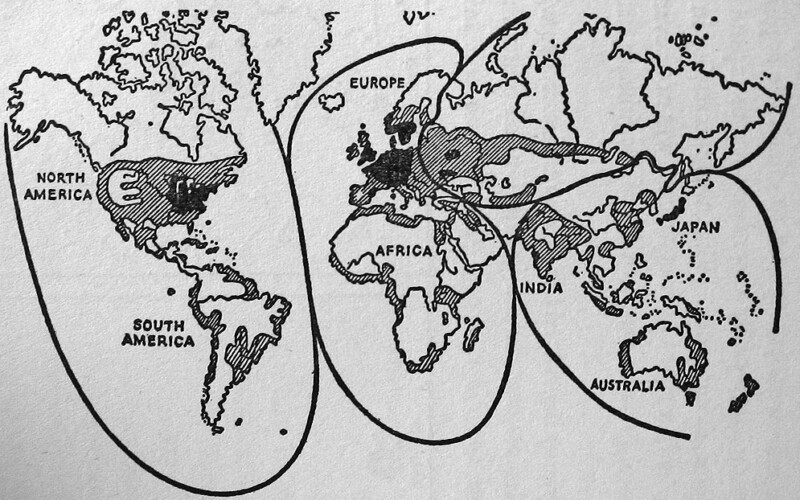
April 6 marks the 104th anniversary of America’s entry into World War I, but the impacts of this global conflict were already being felt in New York City. Starting in …
Read more
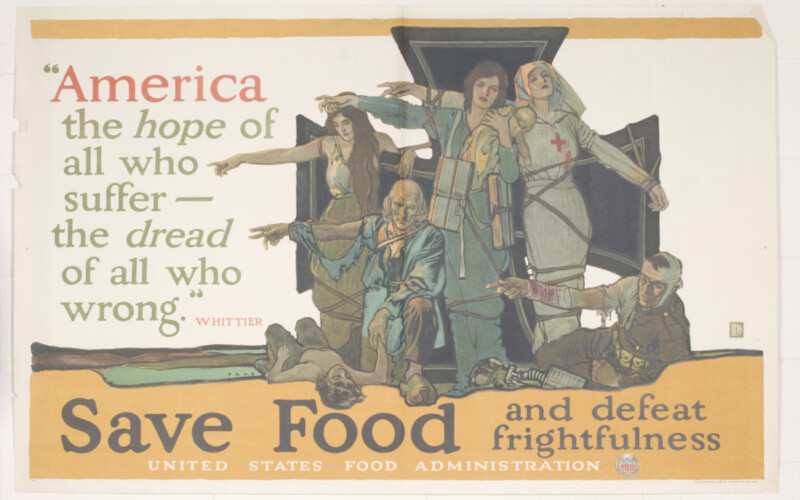
Food manufacturing has been a cornerstone of Brooklyn’s manufacturing economy for 150 years. Not only was the borough was home to some of the largest chocolate and confectionary makers in …
Read more
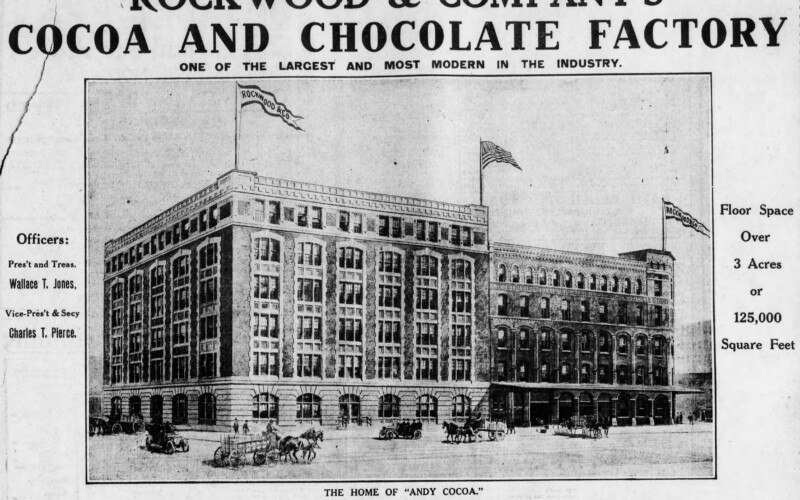
The celebrate Black History Month and the 220th birthday at the Brooklyn Navy Yard, we are looking at the obstacles and opportunities that Black people encountered at the Brooklyn Navy …
Read more
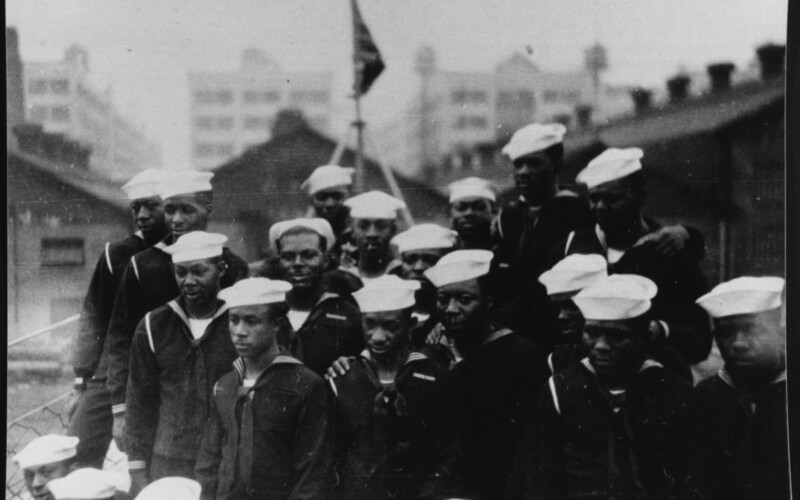
More than 2,800 Brooklynites were killed in World War I, and Prospect Park quickly became one of the borough’s key points of remembrance and commemoration. On this virtual walking tour for Veterans …
Read more
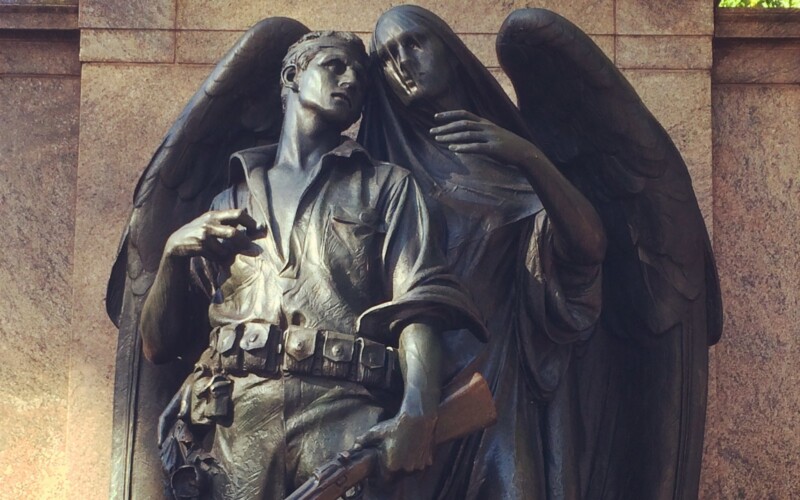
Papercraft modeling and dolls are as old as paper, but the art form exploded in the 19th century with new innovations in printing technology, and tiny French city of Épinal …
Read more
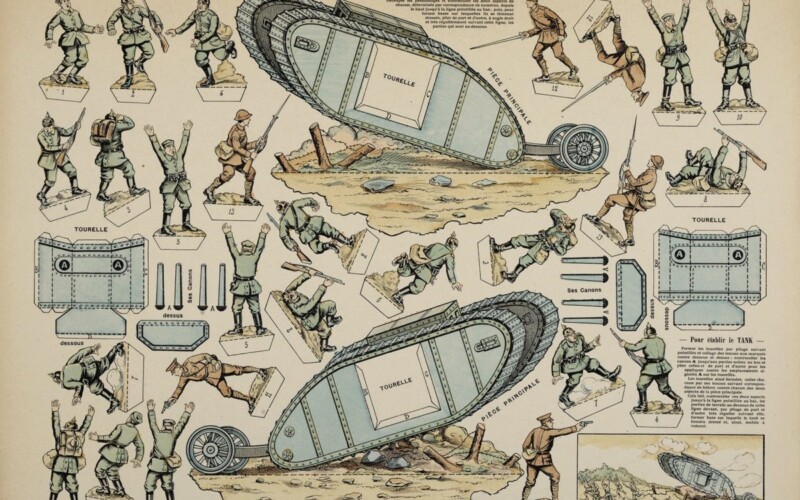
To mark the 230th birthday of the United States Coast Guard, we’re looking back at the history of the “always ready” service. Due to New York’s position as one of …
Read more
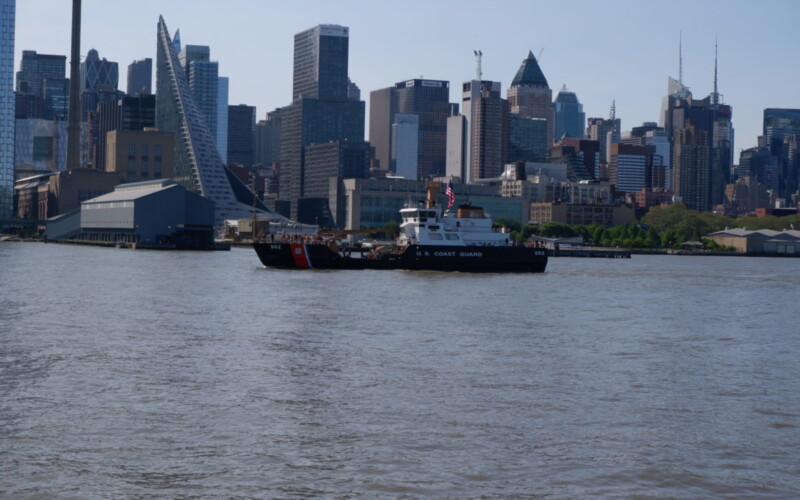
Before the celebrated images of “Rosie the Riveter” and “Winnie the Welder,” women served in a variety of roles at the Brooklyn Navy Yard, in uniform and as civilian workers. …
Read more
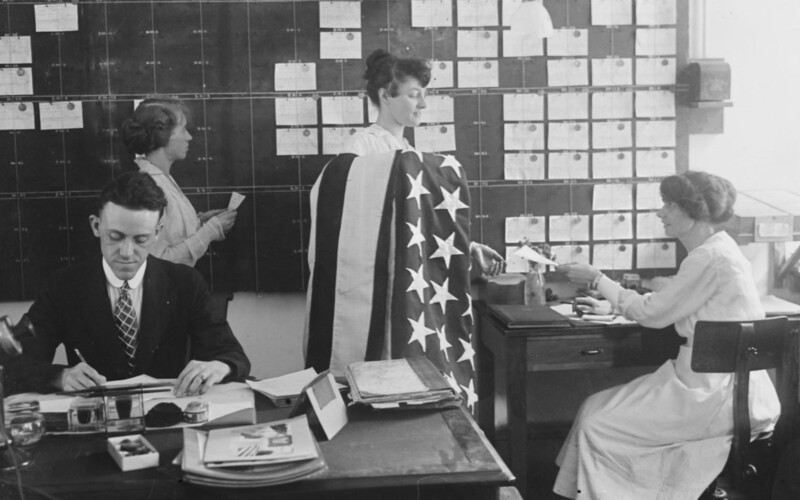
The Brooklyn Army Terminal was designed for war, a massive warehouse and port facility to receive, store, process, and ship war materiel to points around the globe. But the Terminal …
Read more
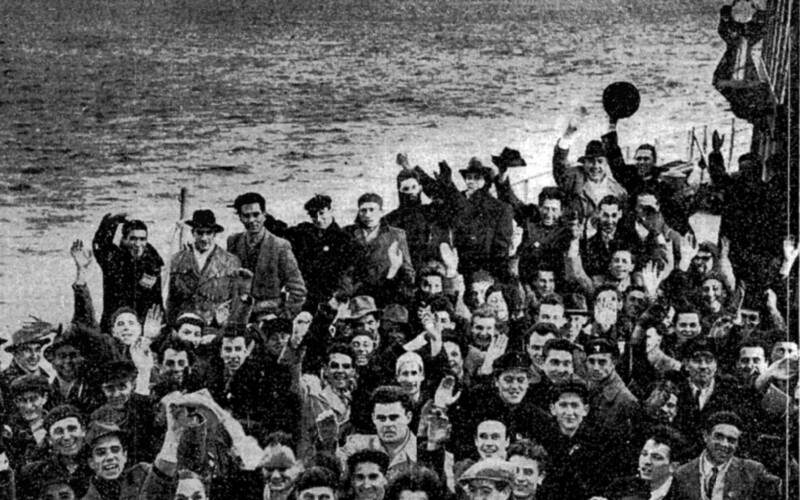
As we reflect on the deeper meaning and troubling implication of the US president describing certain foreign countries as “shitholes,” it has also opened an opportunity to think critically about how …
Read more
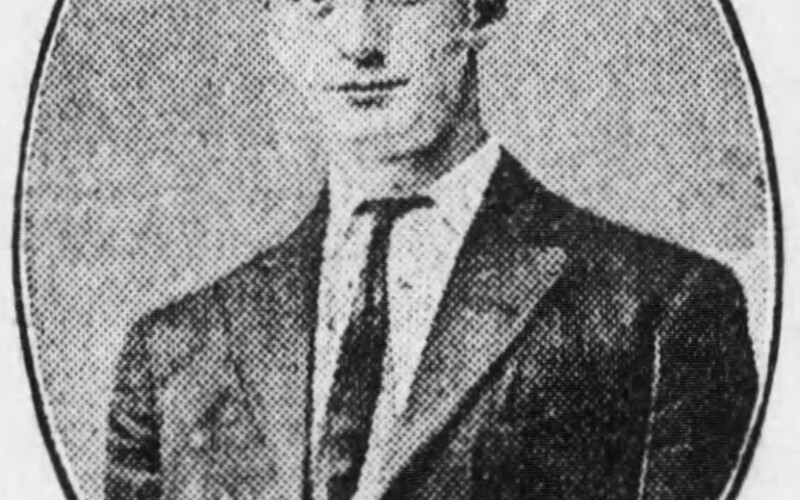
Today marks the 57th anniversary of perhaps the darkest day in the history of the Brooklyn Navy Yard. To commemorate the fire on board the USS Constellation, we are going …
Read more
